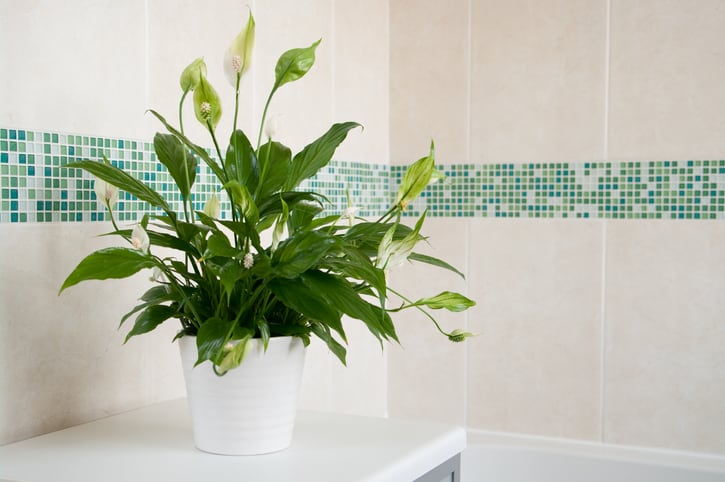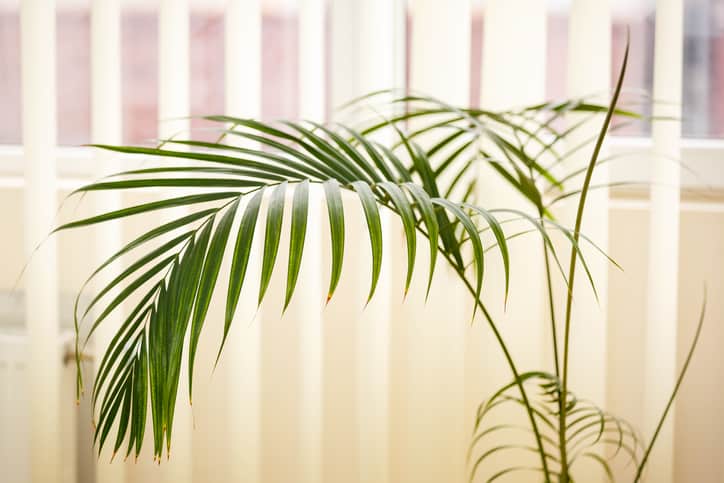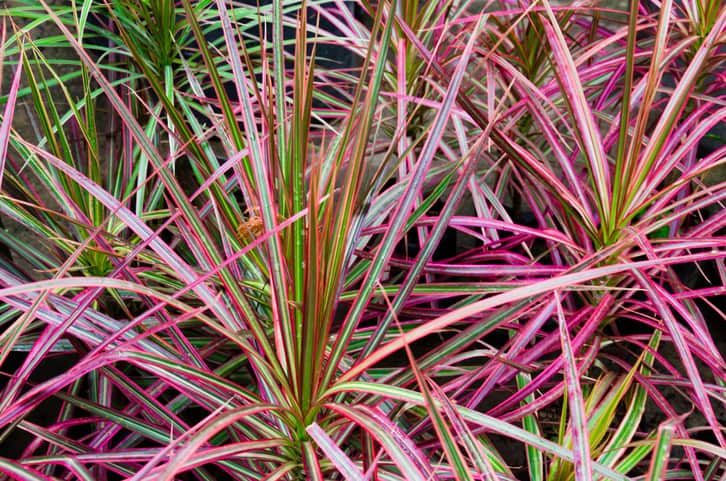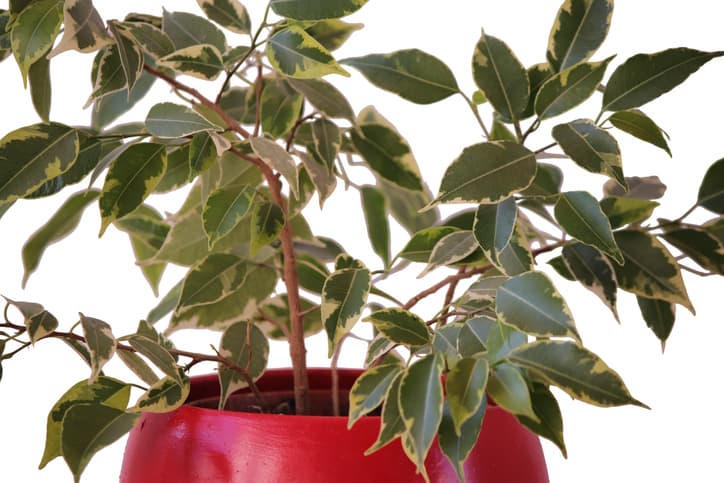Five Air Purifying Plants Guaranteed To Improve Your Home’s Indoor Air Quality
If you’re looking for a creative way to improve your family and home’s indoor your air quality – and enhance your interior aesthetics – look no further than indoor air purifying plants!
Allergies, headache fatigue, and other unhealthy symptoms are caused by indoor pollutants that can affect everything from your brain, to your liver, to your central nervous system. Many are volatile organic compounds such as formaldehyde, are known carcinogens.
Not only are air purifying house plants relatively cheap, but if taken care of properly with the right amount of water and sunlight, can last you for years.
IMPORTANT: Please take heed of whichever indoor plants you plan to purchase, as many can be mildly toxic to pets if ingested.
Peace Lily
Peace lilies are popular because they don’t need large amounts of light or water to survive. These are mildly toxic to humans and animals when ingested, and can grow up to six feet tall.
Air Purifying Capabilities
Peace lilies help clean benzene (decrease in red blood cells), formaldehyde (eye, nose and throat irritation), trichloroethylene (nervous system issues), xylene (nervous system issues), ammonia (respiratory issues).
Peace Lily Care

Keep your peace lily 68-80 degree weather. They do not like drafty areas or tolerate extreme cold. Use regular potting soil, however, you don’t need to worry about fertilizer. You can even grow your peace lily under fluorescent lights if your area is wanting for sunlight. However, don’t leave it in too much light or the leaves will turn yellow and it will die.
Areca Palm (golden cane palm, yellow palm, butterfly palm)
Arecas are a popular plant because they are not particular about light, soil, humidity or moisture. The term “butterfly palm” refers to the leaves which curve upwards in multiple stems to create butterfly look.
Air Purifying Capabilities
Xylene (central nervous system issues), toluene (brain, nervous system, liver, harmful to pets). Also, the plant will transpire one liter of water per 24 hours, making it an effective humidifier.
Areca Palm Care

Water them often enough to keep the soil moist in spring and summer, and allow the soil to dry slightly between waterings in fall and winter. Fertilize Areca palm plants with a time-release fertilizer in spring. Areca palms are more prone to spider mites than other species of house plants.
Spider Plant
The spider plant is native to tropical regions and Southern Africa
There is no definable lifespan for spider plants. They can care for a long time if properly provided for. Did you know if you plant a spider plant’s child shoot, you can re-plant them in a bigger pot and they will grow again?
Air Purifying Capabilities
Spider plants are best known for getting rid of formaldehyde (eye, nose and throat irritation).
Spider Plant Care

Keep spider plants in good light and water them very sparsely (they have tuberous roots that store water) and then allow them to grow dry in between.
Dracaena
Dracaenas are native to Africa, derived from the Ancient Greek word meaning “female dragon”. The red resin in the stems was used for toothpaste, dyes and medicines. Today, it is still used for varnish and photoengraving. Be warned, these plants are toxic to cats and dogs.
Air Purifying Capabilities
Dracaena reflexa is one of the most efficient plants at removing formaldehyde (eye, nose and throat irritation) from the air in your home, as well as other VOCs, including benzene (decrease in red blood cells), trichloroethylene (nervous system issues).
Taking Care of Your Dracaena

A semi-shade spot is ideal, do not plant them in direct sun. They also require less water than indoor plants, and you can mist them.
Ficus/Weeping Fig
The weeping fig is commonly known and sold as a “ficus.” The species originated in Asia but is very popular in the United States. Ficus trees can become very large, reaching close to 100 feet tall.
Air Purifying Capabilities
What toxins do they clean? Formaldehyde (eye, nose and throat irritation), benzene (decrease in red blood cells), trichloroethylene (nervous system issues)
Taking Care of Your Ficus/Weeping Fig

The preferred temperature of weeping figs is 60-75 degrees F. Make sure you transplant your weeping fig each season, and give it a dash of fertilizer at least twice per year.

